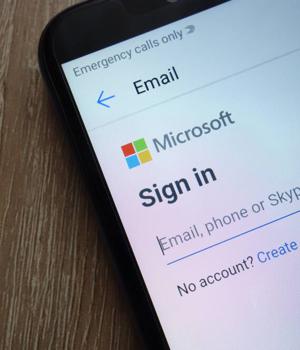Security News > 2023 > January > Microsoft to enterprises: Patch your Exchange servers

Microsoft is urging organizations to protect their Exchange servers from cyberattacks by keeping them updated and hardened, since online criminals are still going after valuable data in the email system.
Enterprises need to make sure to install the latest Cumulative Updates and Security Updates on the Exchange servers - and occasionally on Exchange Management Tools workstations - and to run manual tasks like enabling Extended Protection and certificate signing of PowerShell serialization payloads, according to the vendor's Exchange Team.
"Attackers looking to exploit unpatched Exchange servers are not going to go away," the group wrote in a blog post on Thursday.
There are reasons Exchange servers are a lure for cybercriminals, according to Chris Gonsalves, chief researcher officer for Channelnomics.
"But as the recent in Exchange servers have taught us - the ProxyNotShell stuff specifically - it goes beyond that," Gonsalves told The Register.
Such threats highlight the importance of keeping on-premises Exchange servers updated and hardened.
News URL
https://go.theregister.com/feed/www.theregister.com/2023/01/28/microsoft_patch_exchange_servers/
Related news
- Microsoft pitches pay-to-patch reboot reduction subscription for Windows Server 2025 (source)
- April 2025 Patch Tuesday forecast: More AI security introduced by Microsoft (source)
- Microsoft April 2025 Patch Tuesday fixes exploited zero-day, 134 flaws (source)
- Microsoft fixes auth issues on Windows Server, Windows 11 24H2 (source)
- Microsoft investigates global Exchange Admin Center outage (source)
- Patch Tuesday: Microsoft Fixes 134 Vulnerabilities, Including 1 Zero-Day (source)
- Microsoft: Windows Server 2025 restarts break connectivity on some DCs (source)
- Microsoft: Exchange 2016 and 2019 reach end of support in six months (source)
- Microsoft fixes Windows Server 2025 blue screen, install issues (source)
- Oh, cool. Microsoft melts bug that froze Server 2025 Remote Desktop sessions (source)